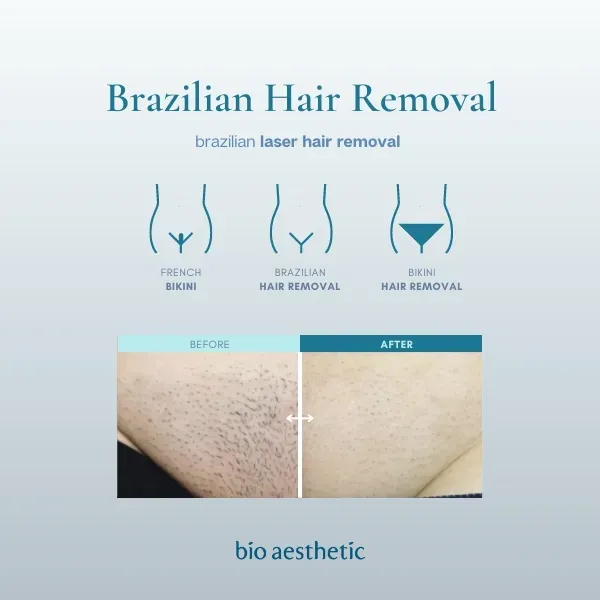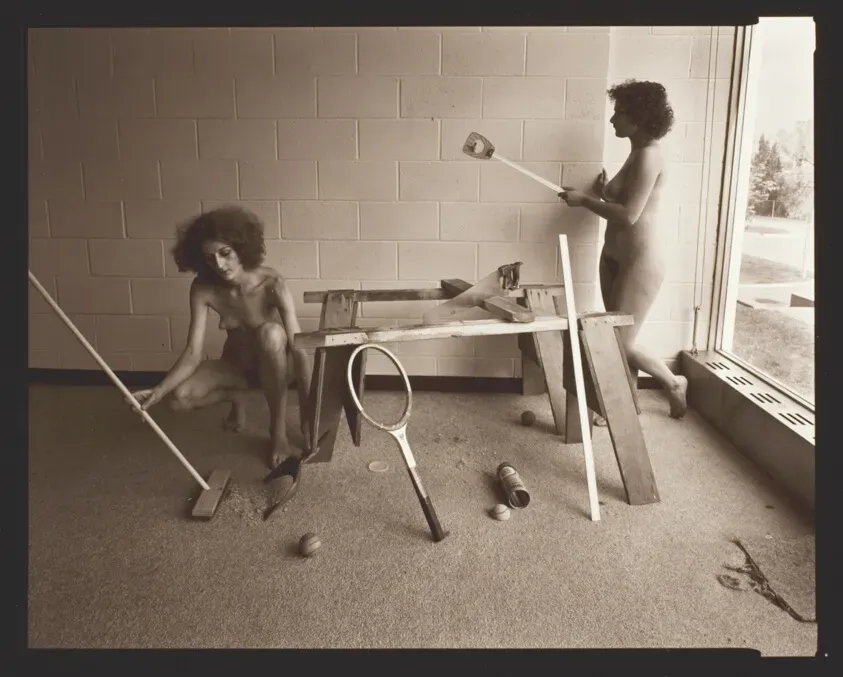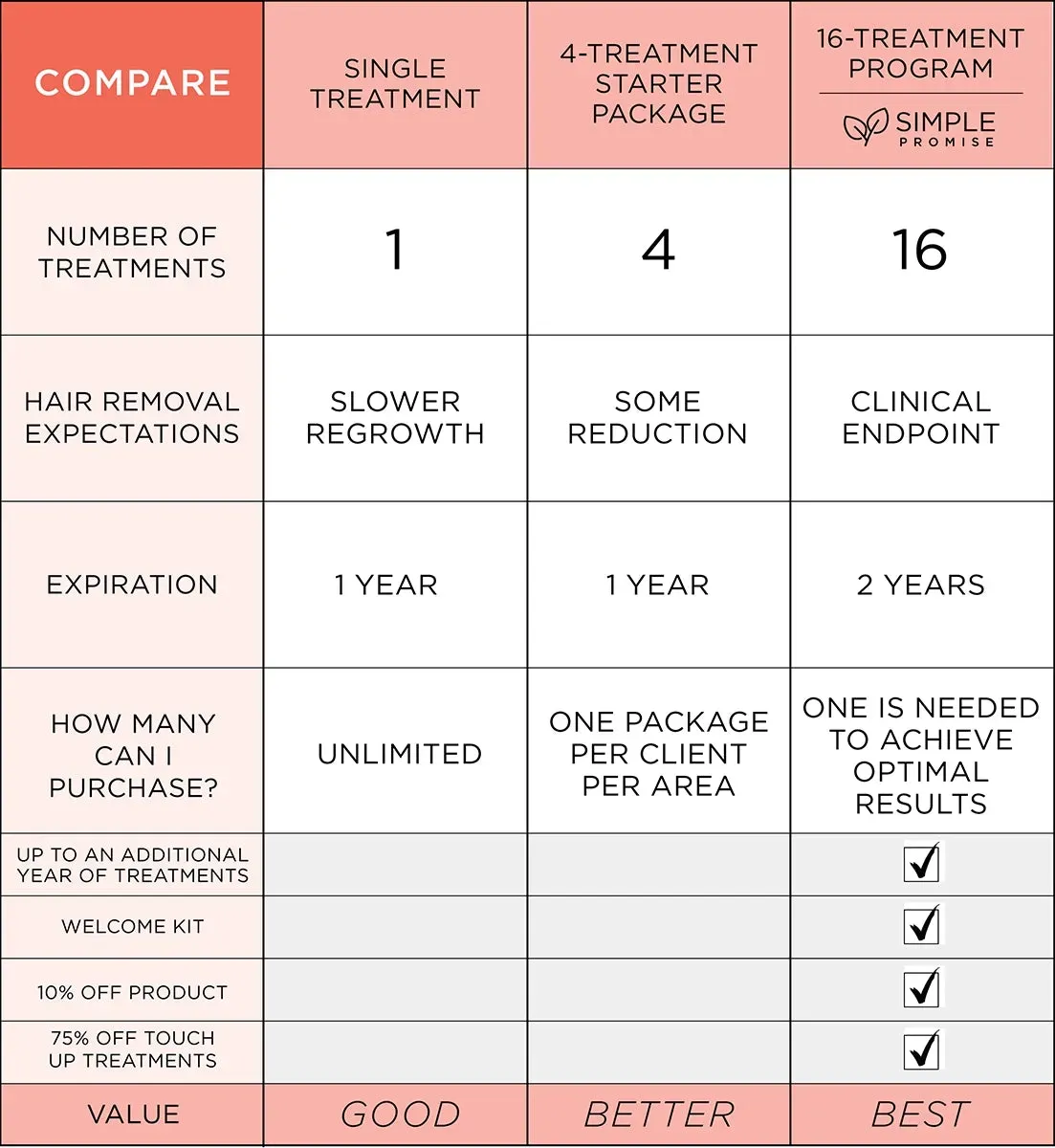Table of Contents
So, you're thinking about ditching the razor for good down there? Brazilian laser hair removal sounds like a dream – smooth skin, no more ingrown hairs, swimsuit-ready all the time. But then reality hits, and the big question pops up: exactly how many sessions for brazilian laser hair removal are we talking about? It's not like you go in once and emerge permanently hair-free. If only it were that simple. The truth is, it’s a process, and the number of appointments needed can feel a bit like a moving target.
Understanding Brazilian Laser Hair Removal and How It Works

Understanding Brazilian Laser Hair Removal and How It Works
What Exactly is Brazilian Laser Hair Removal?
Alright, let's cut to the chase. Brazilian laser hair removal isn't some magic wand that zaps away every single hair follicle in one go. It's a targeted process using concentrated light energy. Think of it like a heat-seeking missile for dark pigment. The laser is specifically calibrated to target the melanin, that lovely dark color, in your hair. When the laser pulse hits the hair, the light energy converts to heat, travels down the hair shaft, and damages the follicle responsible for producing hair. The goal? To damage it enough that it stops growing hair, or at least significantly reduces its ability to do so.
A "Brazilian" specifically refers to the area being treated – pretty much everything down there, front to back, leaving you completely bare or with a small strip or triangle if that's your preference. It's a popular choice for folks tired of the endless cycle of shaving, waxing, and dealing with the inevitable irritation that comes with them. It promises a more permanent solution, though "permanent" in the laser world often means significant reduction and long-term smoothness, not necessarily zero hair forever.
How the Laser Targets and Damages Hair Follicles
The science behind it is pretty smart, though maybe not as exciting as a sci-fi movie. Different types of lasers exist, but they all work on the principle of selective photothermolysis. That's a fancy way of saying using light (photo) to heat (thermo) and destroy (lysis) specific targets – in this case, the melanin in your hair. The surrounding skin, ideally, absorbs minimal energy, which is why contrast between hair color and skin tone is key. Dark hair on light skin is the easiest target because there's a clear difference for the laser to grab onto.
When the laser fires its pulse, you might feel a quick snap or warm prickle, sometimes described as like a rubber band snapping against your skin. That's the energy doing its job, heating up the hair follicle. Over time, with repeated treatments, this damage accumulates. The follicle gets weaker and weaker, producing finer hair, slower growth, or ideally, stops producing hair altogether. It's a bit of a battle, and the laser is your heavy artillery.
- Laser targets melanin (dark pigment) in hair.
- Light energy converts to heat, damaging the follicle.
- Works best with dark hair on lighter skin.
- Requires multiple sessions due to hair growth cycles.
- Results in significant hair reduction over time.
The Crucial Role of the Hair Growth Cycle
Now, here’s where the "how many sessions for brazilian laser hair removal" part really comes into play. Hair doesn't all grow at the same time. It goes through cycles: growth (Anagen), transition (Catagen), and resting (Telogen). The laser is most effective during the Anagen phase, when the hair is actively growing and has the most melanin concentrated in the follicle. At any given time, only a percentage of your hair is in this prime Anagen phase.
Because the laser can only effectively treat hair in the Anagen phase, you need multiple sessions spaced several weeks apart. This spacing allows the hairs that were in the transition or resting phases during your last appointment to cycle into the active growth phase so the laser can hit them. It's like trying to clear a field of weeds, but only being able to spray the ones actively poking above the soil. You have to come back later to get the new ones that have sprouted. This is why consistency and patience are non-negotiable for achieving the best results from Brazilian laser hair removal. Providers like those found at hairawaybylaser.com understand this cycle and tailor treatment plans accordingly.
Factors Influencing How Many Sessions for Brazilian Laser Hair Removal

Factors Influencing How Many Sessions for Brazilian Laser Hair Removal
Your Unique Hair and Skin Type Matters
so you're probably wondering why your friend Brenda was done in six sessions while you're still going strong at eight. It's not personal, I promise. A huge piece of the puzzle for how many sessions for brazilian laser hair removal you'll need comes down to your specific biology. Remember how I mentioned the laser targets melanin? This is where hair color and skin tone become critical players. Dark, coarse hair on lighter skin is the ideal candidate because there's a strong contrast for the laser to pinpoint. If you have lighter hair (blonde, red, grey) or darker skin tones, the laser might have a tougher time finding the target, potentially requiring more sessions or a different type of laser altogether. Hair thickness also plays a role; thicker hairs often have more pigment, making them easier targets initially, but they can also be stubborn.
Hormones, Genetics, and Life's Little Surprises
Beyond the basics of color and thickness, your internal landscape and genetic blueprint heavily influence hair growth. Hormonal changes, like those during pregnancy, puberty, or menopause, or conditions like PCOS (Polycystic Ovary Syndrome), can trigger new hair growth or make existing hair more resistant to treatment. Genetics also dictates your natural hair growth patterns and density. Some people are just naturally hairier than others, and that means more follicles to treat over time. Even factors like certain medications can impact hair growth. Consistency with your scheduled appointments is also non-negotiable. Skipping sessions means you miss those crucial Anagen phases, essentially hitting pause on your progress and potentially increasing the overall number of sessions needed for Brazilian laser hair removal.
Factor | How it Affects Sessions |
|---|---|
Hair Color | Darker hair needs fewer sessions (more melanin). Lighter hair needs more, or may not respond well. |
Skin Tone | Lighter skin needs fewer sessions (better contrast). Darker skin may need more sessions or specific lasers. |
Hair Thickness | Coarser hair can be easier to target but may require more power/sessions. Finer hair can be harder to treat. |
Hormones | Fluctuations or conditions (like PCOS) can stimulate growth, requiring more sessions. |
Genetics | Natural hair density and growth patterns influence the total number of follicles to treat. |
Treatment Consistency | Sticking to the schedule ensures you target hairs in the Anagen phase, reducing total sessions. |
The Typical Timeline: How Many Sessions for Brazilian Laser Laser Hair Removal Are Needed?

The Typical Timeline: How Many Sessions for Brazilian Laser Laser Hair Removal Are Needed?
Setting the Baseline: What Most People Expect
let's get down to the numbers everyone wants to know. While there's no one-size-fits-all answer for how many sessions for brazilian laser hair removal you'll need, most clinics and experienced practitioners will tell you to budget for somewhere between 6 to 10 sessions. That range might seem broad, but it accounts for the individual variations we just discussed – hair color, skin type, hormones, and all that fun stuff. Think of 6-10 as the average ballpark. Some lucky ducks might see fantastic results in fewer, say 5 or 6, while others with more stubborn hair or trickier skin types might require 10 or even a couple more.
It's crucial to understand this isn't a quick fix. You won't walk out after one session looking like a baby seal. You'll likely see some reduction and slower growth after the first few, but significant, long-term results take time and commitment to the full series of appointments. Don't get discouraged if you still see hair after session three; that's completely normal.
Why Spacing Sessions is Non-Negotiable
You might be tempted to book your appointments back-to-back to speed things up, but that's a rookie mistake. Remember the hair growth cycle? Laser hair removal hinges on hitting those follicles when they're in the active growth (Anagen) phase. Since not all hairs are in this phase simultaneously, you need to wait for the next batch to cycle through.
Most clinics recommend spacing Brazilian laser hair removal sessions roughly 4 to 8 weeks apart. This gives enough time for dormant hairs to enter the Anagen phase, making them vulnerable to the laser. Going too soon wastes a session on hairs that won't respond, and waiting too long means you might miss the optimal window for some follicles. Your technician will guide you on the ideal spacing based on your personal hair growth rate.
- Session 1: Initial treatment, targeting active hairs.
- Wait 4-8 weeks.
- Session 2: Target the next cycle of active hairs.
- Wait 4-8 weeks.
- Repeat for sessions 3 through 6-10 (or more).
- Noticeable reduction typically begins around sessions 3-5.
- Significant clearing usually seen by sessions 6-8.
Seeing Results: When the Magic Starts to Happen
So, when can you actually expect to see a noticeable difference? While some people report slower growth or patchier areas after just one or two sessions, the real, satisfying reduction usually becomes apparent around sessions 3 to 5. This is when you'll likely see significant thinning of the hair, bald patches appearing, and less need for shaving between appointments.
By the time you reach sessions 6 to 8, most people achieve about a 70-90% reduction in hair. It's at this point that many feel they've reached their desired level of smoothness. For some, especially those with trickier hair/skin combinations or hormonal factors, it might take closer to 10 sessions or slightly more to get there. The journey to figuring out how many sessions for brazilian laser hair removal is right for *you* is personal, and patience is definitely a virtue here.
Setting Realistic Expectations: What to See After How Many Sessions for Brazilian Laser Hair Removal

Setting Realistic Expectations: What to See After How Many Sessions for Brazilian Laser Hair Removal
The Early Days: Sessions 1-3
Alright, let's talk about what happens right after you start this whole process. You've just had your first session for Brazilian laser hair removal. Don't expect miracles overnight. After the first treatment, you might notice that some hair sheds in the days following, maybe feeling a bit like stubble that falls out. Growth might seem a tiny bit slower, and perhaps a few patches appear where the laser hit those active follicles just right. But honestly, the change is usually pretty subtle. Think of it as dipping your toe in the pool, not diving headfirst. Sessions two and three continue this pattern. You'll see more shedding, and the regrowth that comes back will likely be patchier and potentially a bit finer. It's progress, but it’s definitely not the finish line. Patience is key during these initial stages; you're laying the groundwork.
Midway Through: Sessions 4-6
By the time you hit sessions four through six, things usually get a lot more exciting. This is typically when clients start seeing significant, undeniable results. The amount of hair growing back is dramatically reduced. You'll notice large areas are completely clear, and the hair that does return is much finer and grows much slower. Shaving between sessions becomes less of a chore and more of an occasional touch-up, if needed at all. This is where you really start to feel like you're getting somewhere and the investment is paying off. The question of how many sessions for brazilian laser hair removal starts to feel less daunting because you can see the light at the end of the tunnel.
Sessions Completed | Typical Results to Expect |
|---|---|
1-3 | Subtle shedding, slightly slower/patchier regrowth. Minimal overall reduction visible. |
4-6 | Significant reduction in hair density (50%+). Noticeable clear patches, finer hair, slower growth. Shaving needed less often. |
7-10+ | Major hair reduction (70-90%+). Remaining hair is very sparse, fine, and grows very slowly. Maintenance sessions may be needed later. |
Approaching the Finish Line: Sessions 7-10 and Beyond
Once you're past session six and heading towards ten, you're typically looking at achieving maximum reduction. Most people reach their desired level of smoothness within this range. We're talking about 70% to 90% reduction in hair. The remaining hairs, if any, are usually very sparse, fine, and almost unnoticeable. At this point, the bulk of the work is done. While many people are happy with the results after 8-10 sessions, some might opt for one or two more if there are a few stubborn stragglers. It's important to remember that laser hair removal provides *permanent reduction*, not necessarily 100% permanent removal for every single follicle. Some people might need occasional touch-up or maintenance sessions down the line, maybe once a year or less, to keep everything perfectly smooth. Your provider will discuss this with you as you near the end of your initial treatment plan and you'll have a clear idea of how many sessions for brazilian laser hair removal got you to your goal.
Maintaining Results After Your Brazilian Laser Sessions

Maintaining Results After Your Brazilian Laser Sessions
What Happens After Your Initial Treatment Series?
so you've powered through your initial series of Brazilian laser hair removal sessions – maybe it was six, maybe ten, perhaps a little more depending on your personal hair saga. You're feeling pretty smug, right? And you should be! The vast majority of hair is gone, growth is minimal, and that smooth skin is finally yours. But here's the deal: laser hair removal aims for permanent *reduction*, not always 100% permanent *removal* for every single follicle on your body, forever and ever, amen. Some sneaky little hairs might eventually try to stage a comeback. They might be finer, lighter, or just fewer in number, but don't be shocked if you spot one or two stragglers months or even years down the line. This doesn't mean the treatment failed; it just means those particular follicles weren't completely disabled or perhaps new ones activated due to hormonal shifts or time.
Keeping That Smoothness Going with Maintenance
Think of your initial Brazilian laser hair removal series as clearing the forest. Maintenance sessions are like occasional weeding. To keep that hard-earned smoothness, many people opt for periodic touch-up sessions. How often? It really varies. Some folks might go a year or two without needing anything, while others prefer a quick touch-up every six to twelve months. It depends on your individual regrowth pattern. These maintenance sessions are usually much quicker and less extensive than your initial appointments because you're only dealing with a small percentage of hair. It's a small investment in time and money to preserve the results you worked so hard to achieve. Skipping maintenance entirely might mean more hair grows back over time, potentially requiring a longer series down the road if you want to get back to that initial level of smoothness.
- Expect significant reduction, not always 100% removal.
- Some fine or sparse hairs may return over time.
- Consider maintenance sessions to keep results optimal.
- Maintenance frequency varies (e.g., every 6-12 months).
- Touch-up sessions are typically faster and less intensive.
- Ignoring regrowth might require more extensive treatment later.
Wrapping Up Your Brazilian Laser Journey
Figuring out exactly how many sessions for Brazilian laser hair removal you'll need isn't a one-size-fits-all answer. It's clear that achieving that smooth, low-maintenance result requires patience and a commitment to a series of appointments, typically ranging from six to eight or even more depending on your unique biology and how the area responds. While the initial investment of time and money can feel significant, many find the long-term reduction in hair growth and freedom from constant shaving or waxing makes the process worthwhile. Remember, consistency is key, and managing expectations is crucial as you progress through your treatments.
